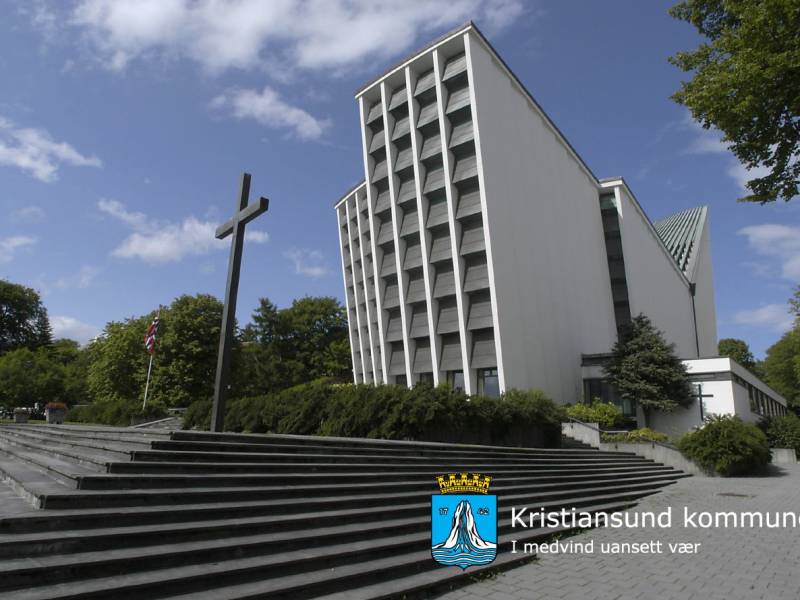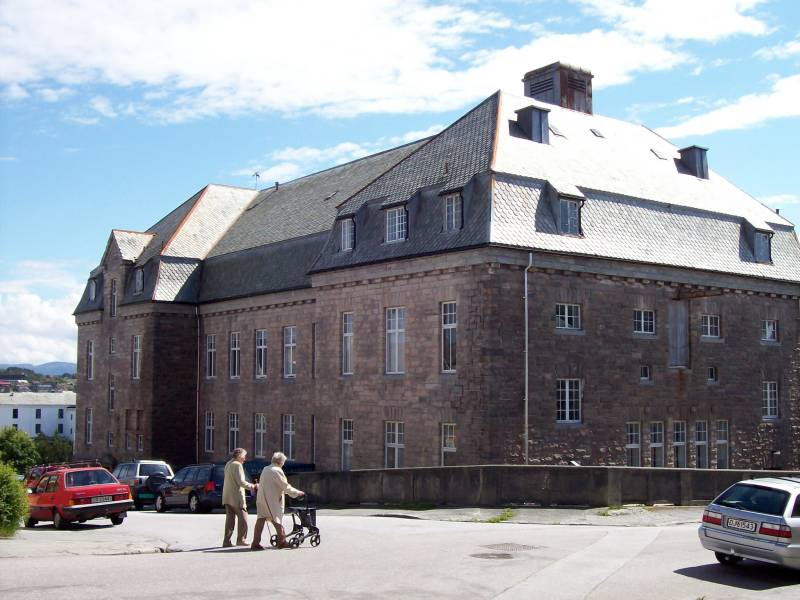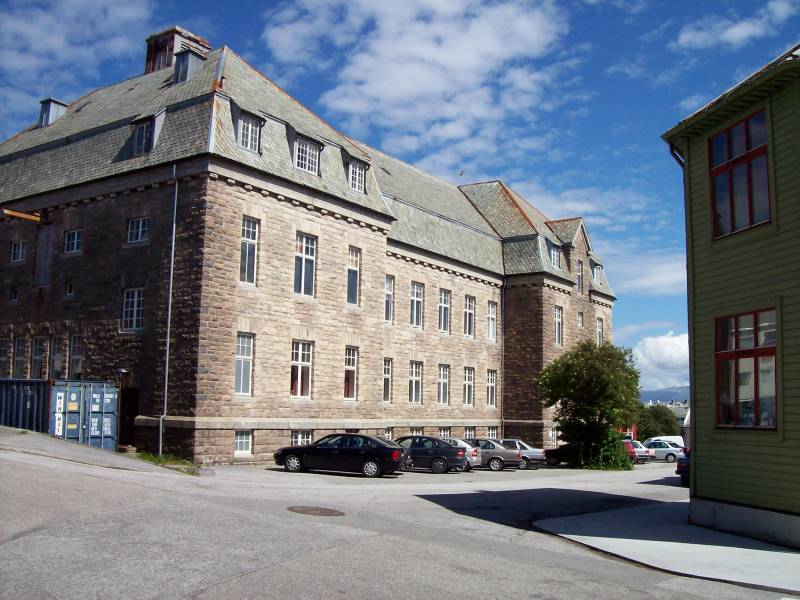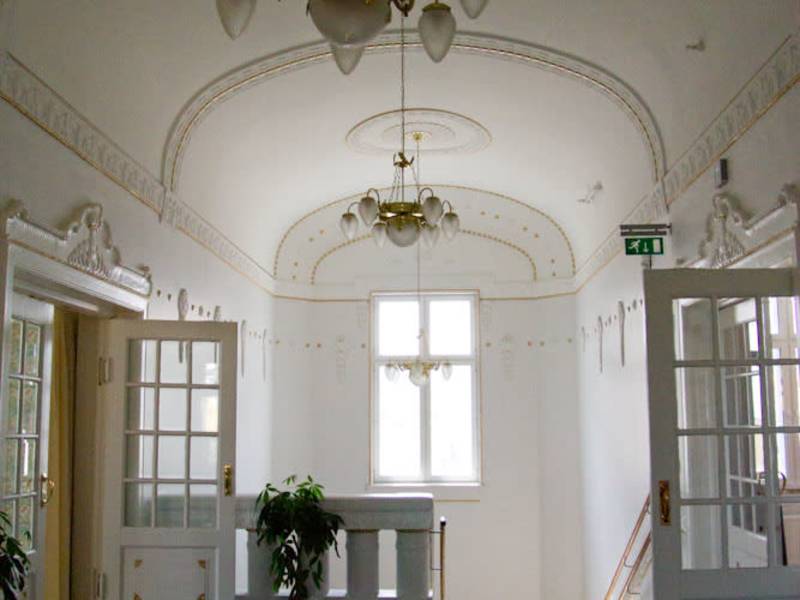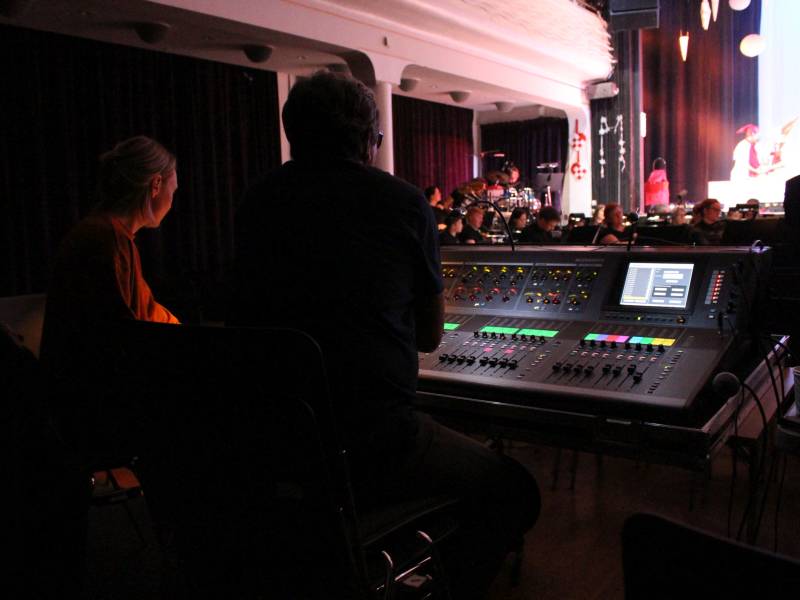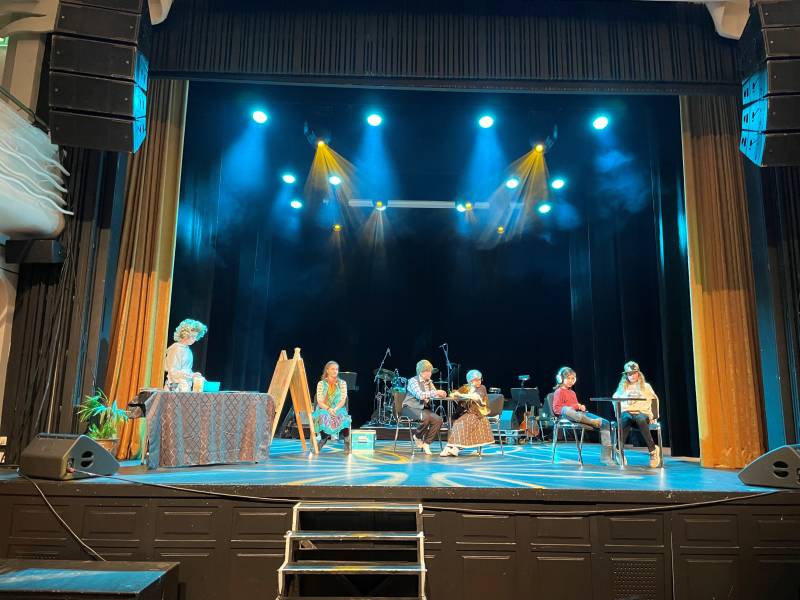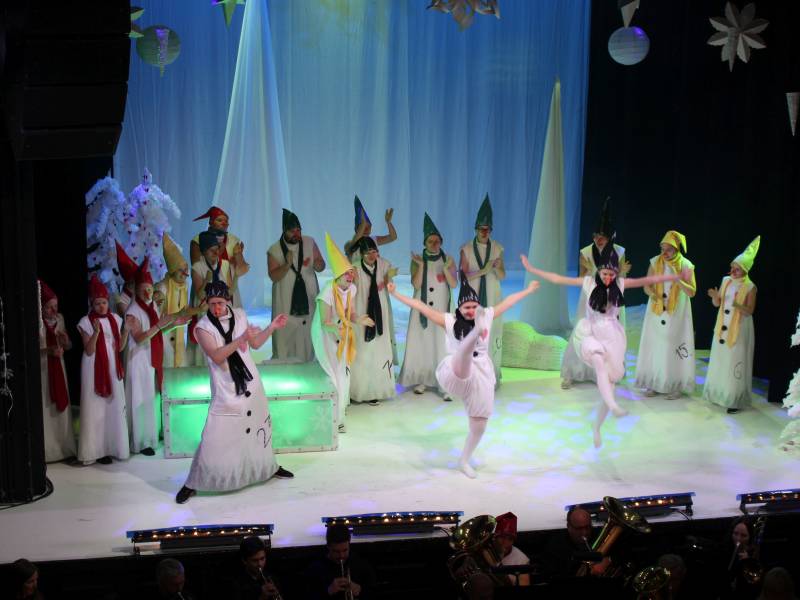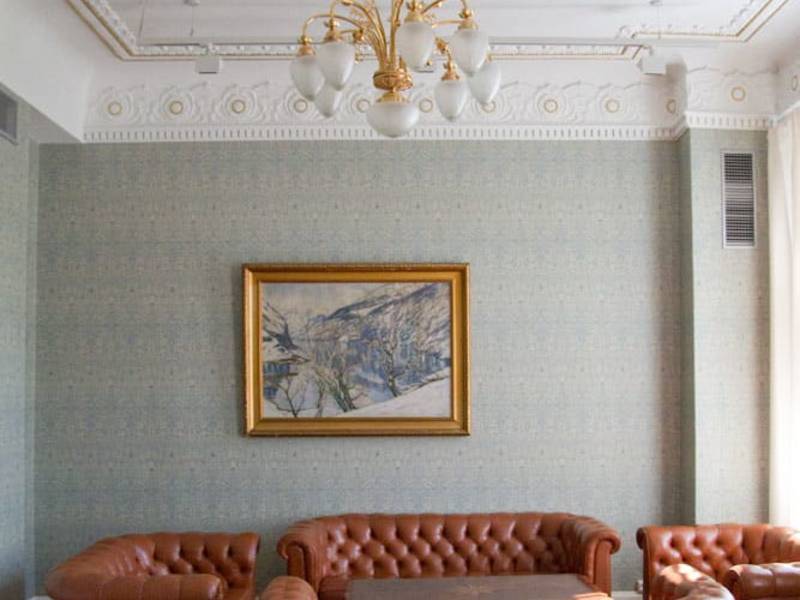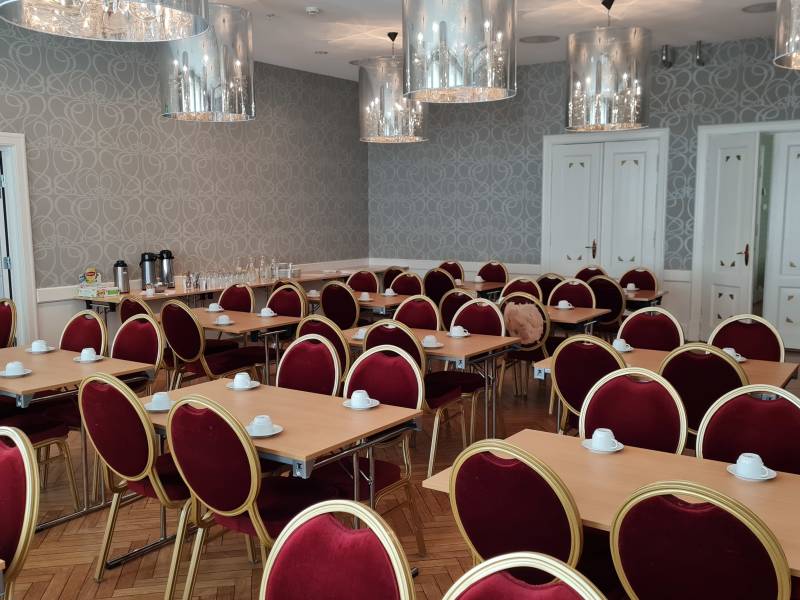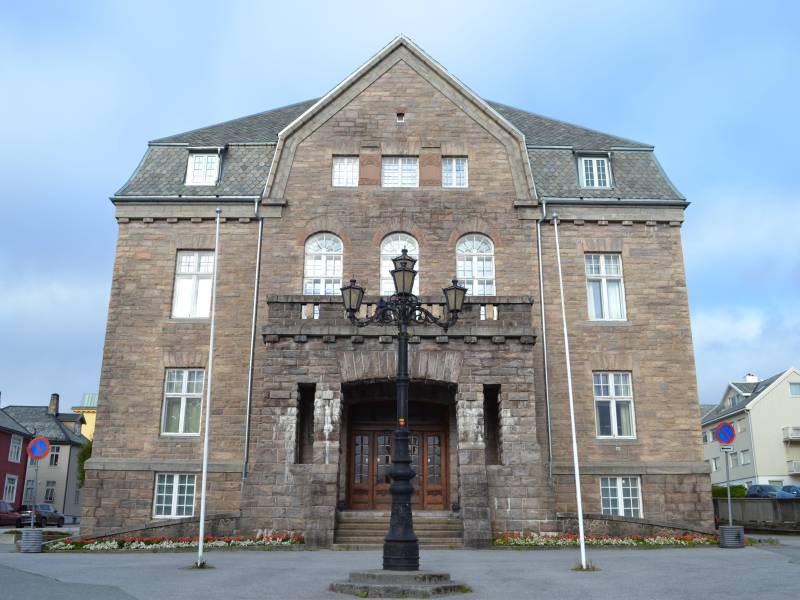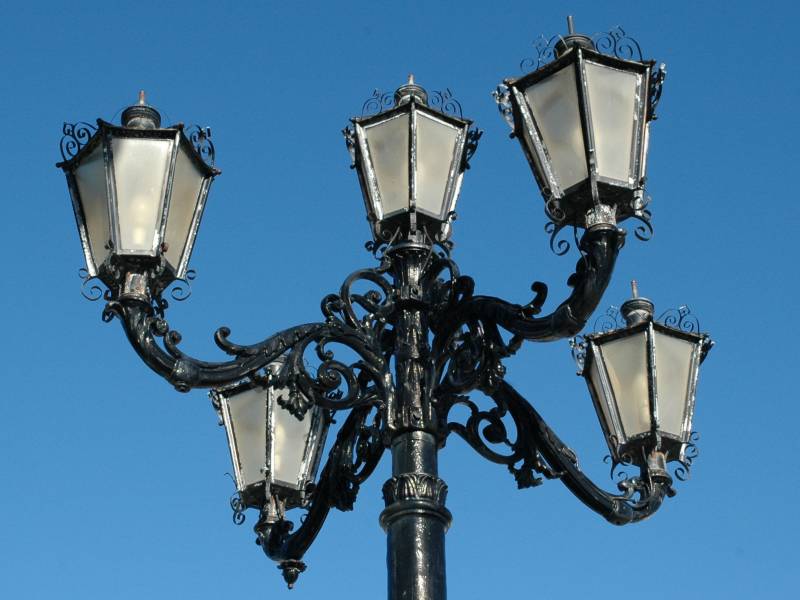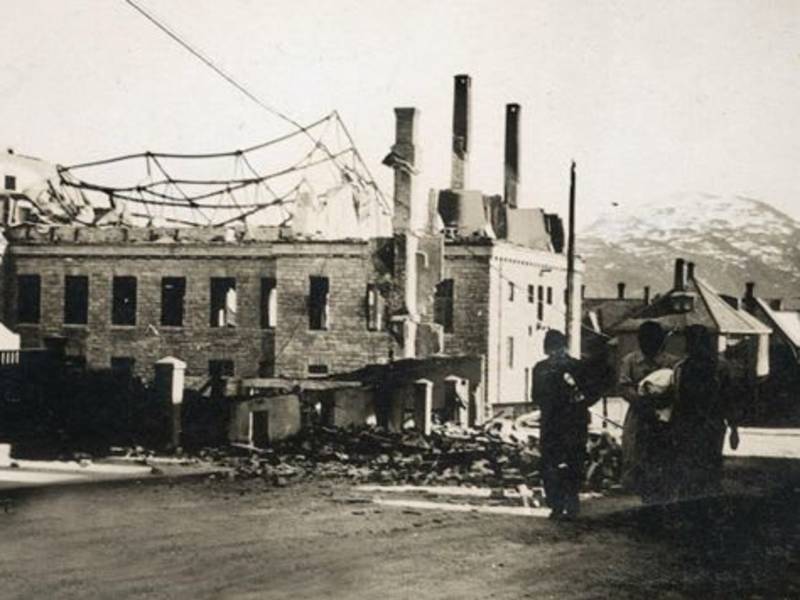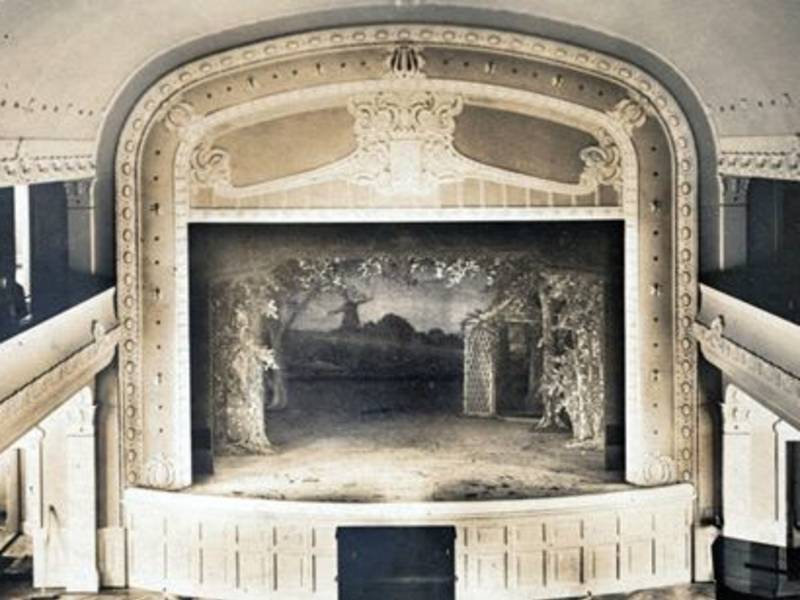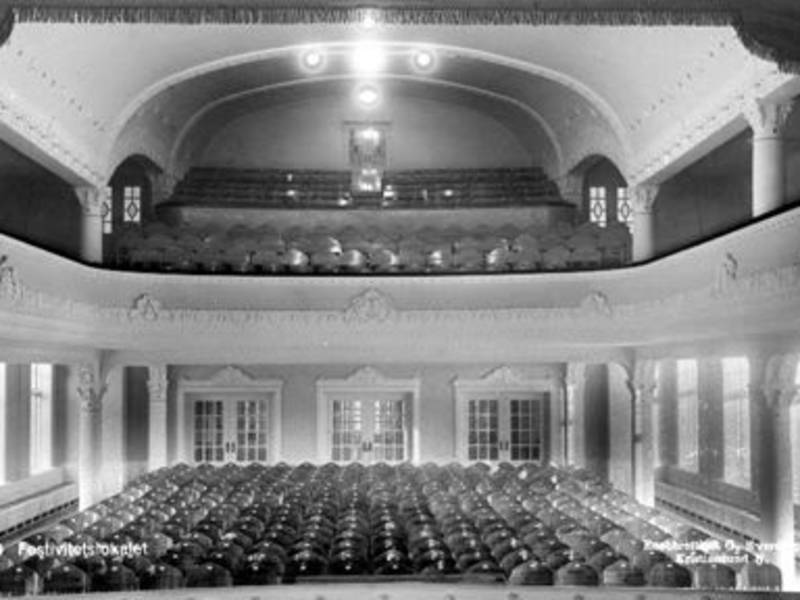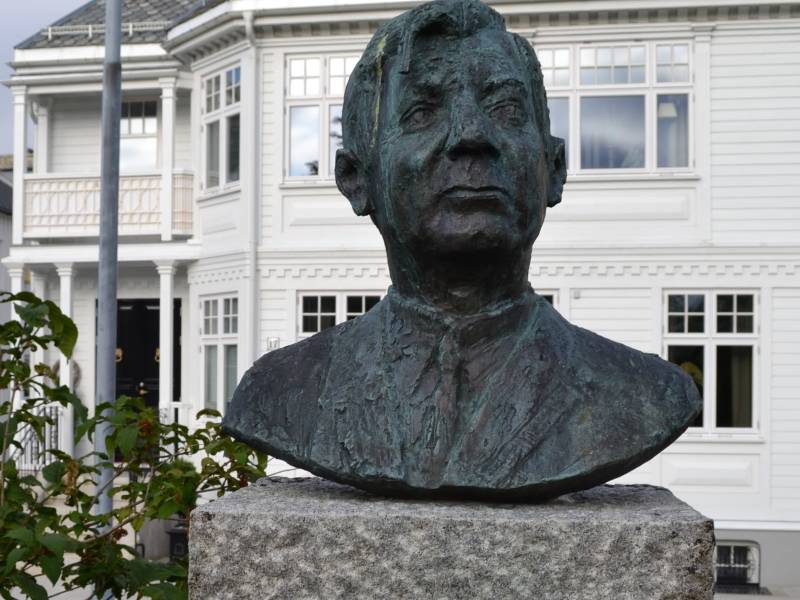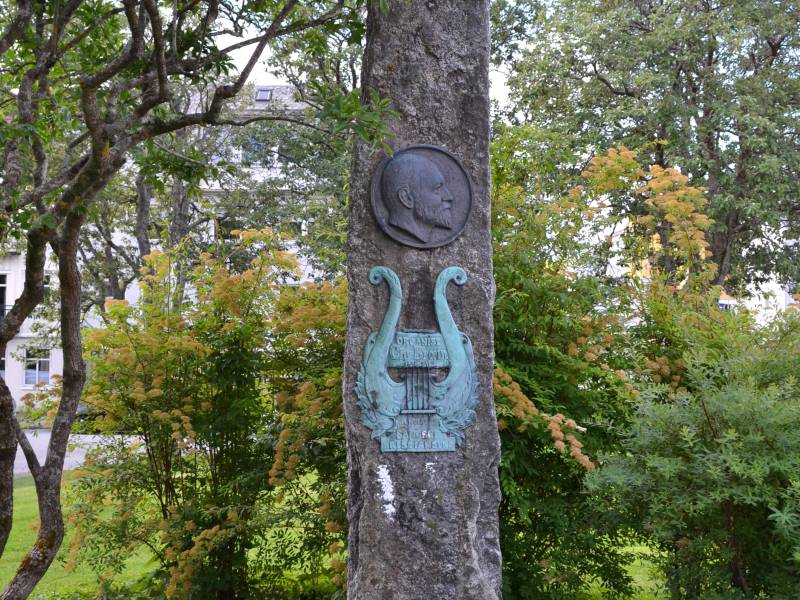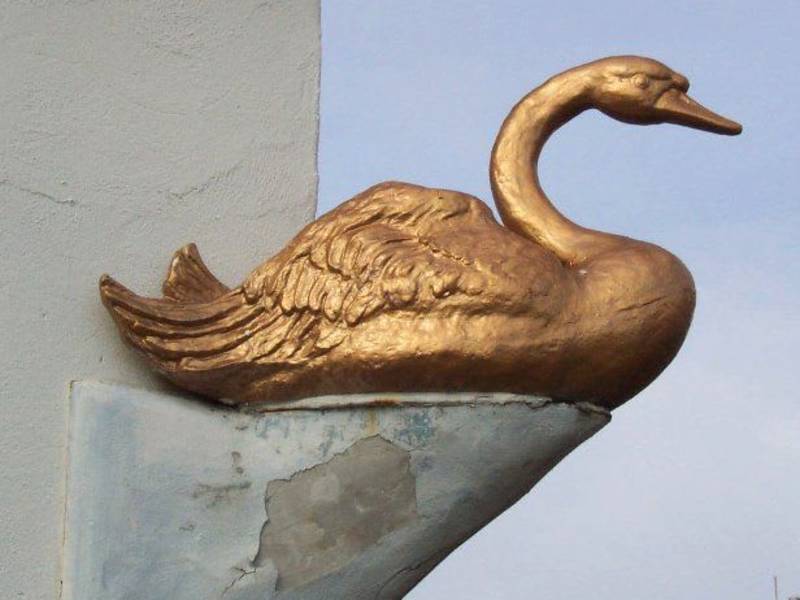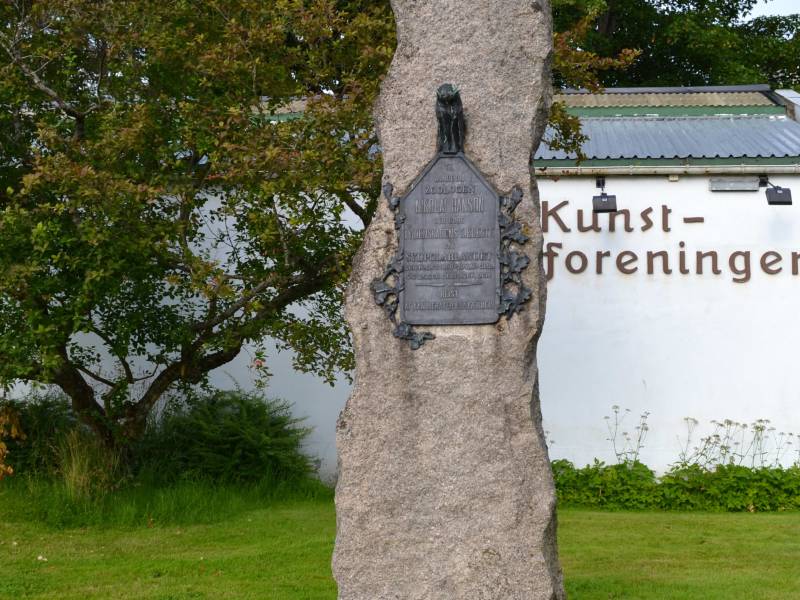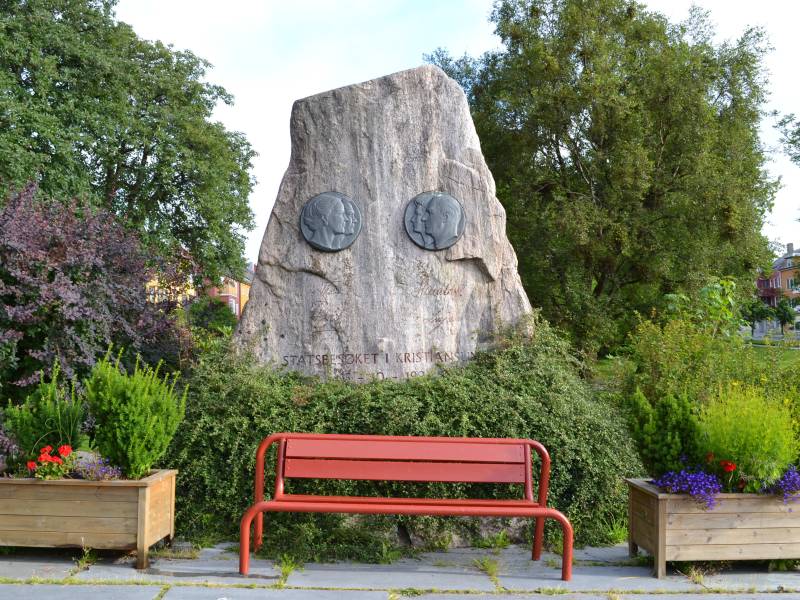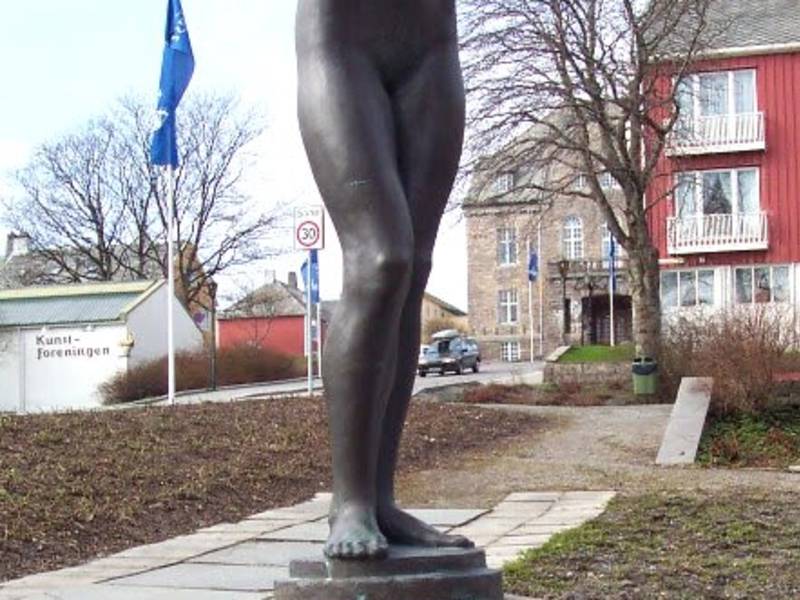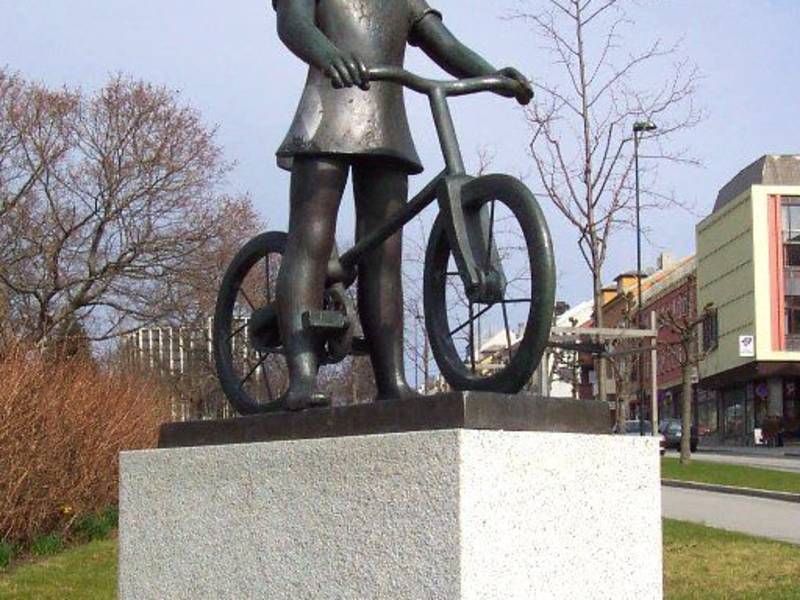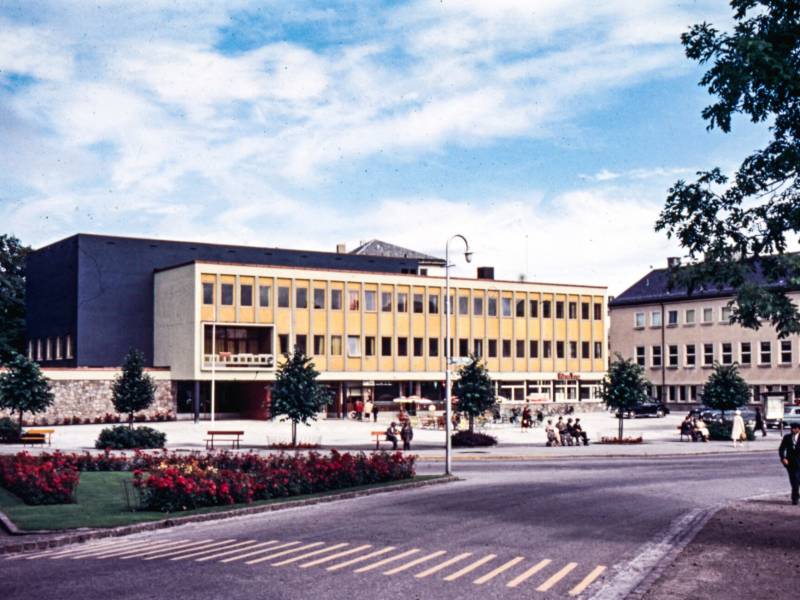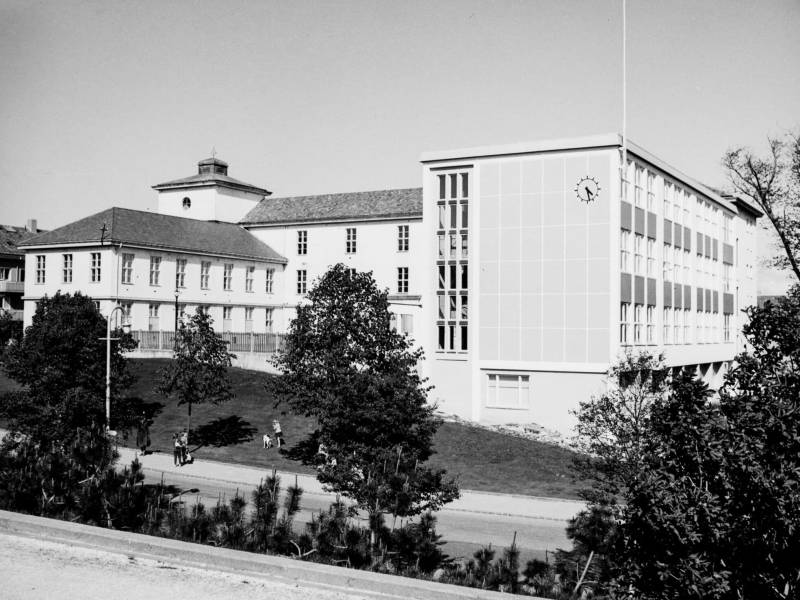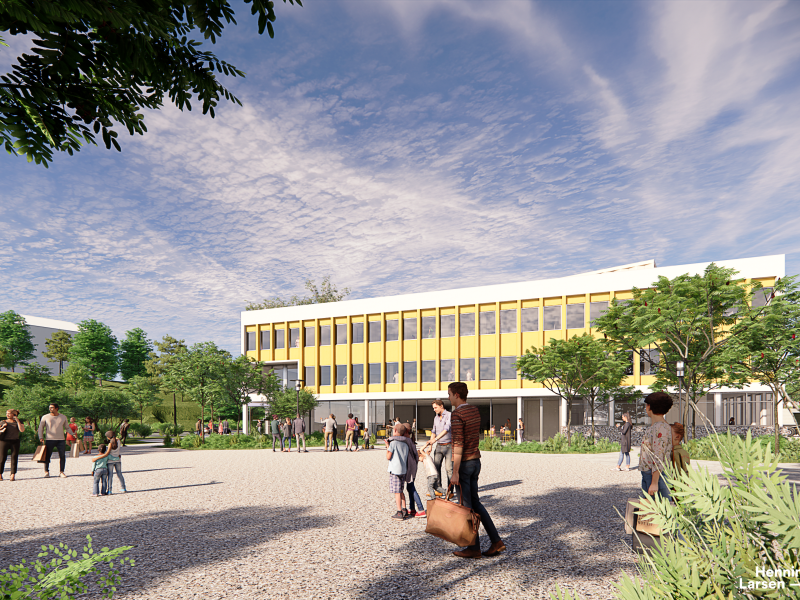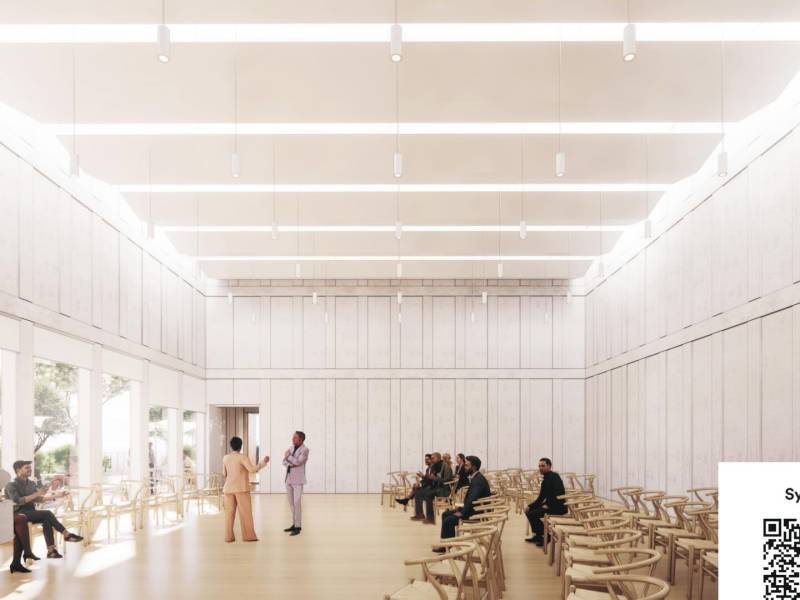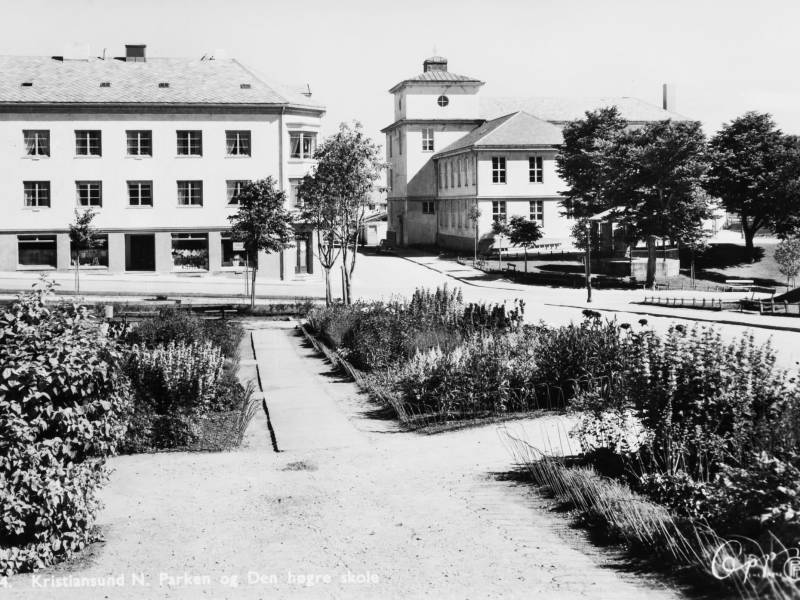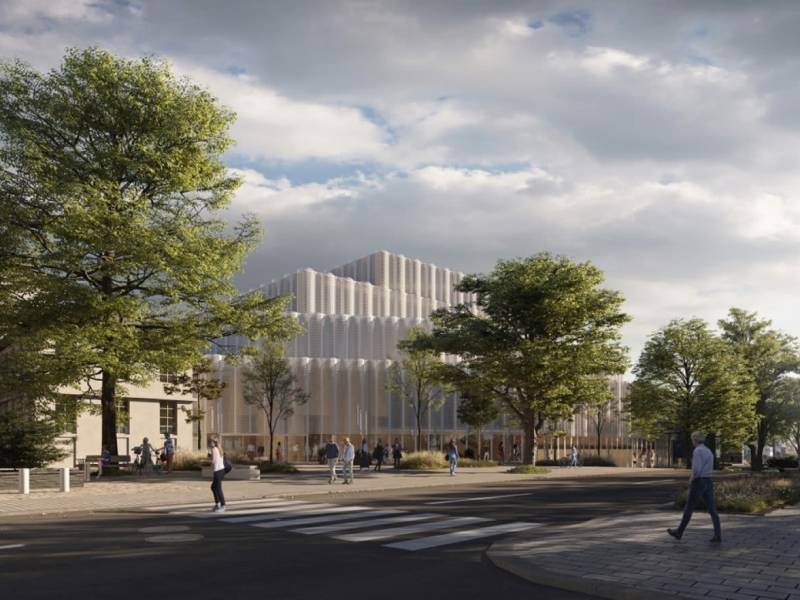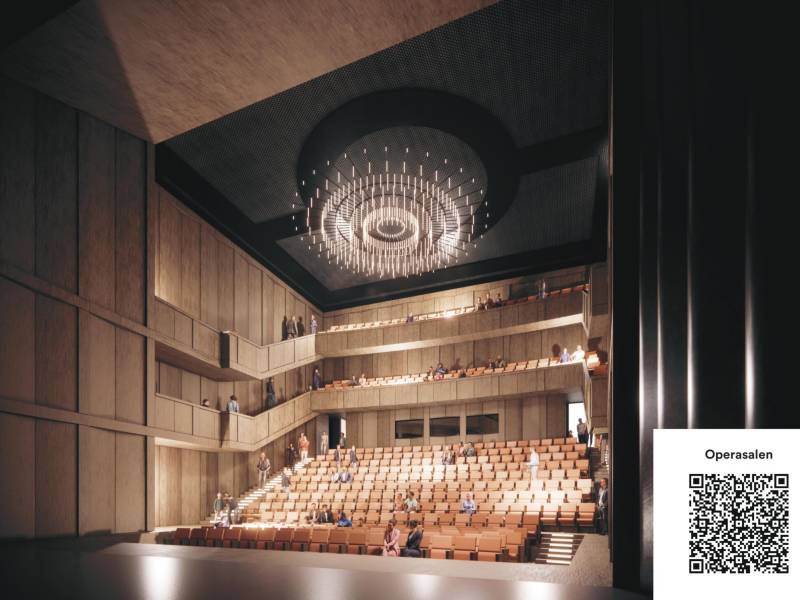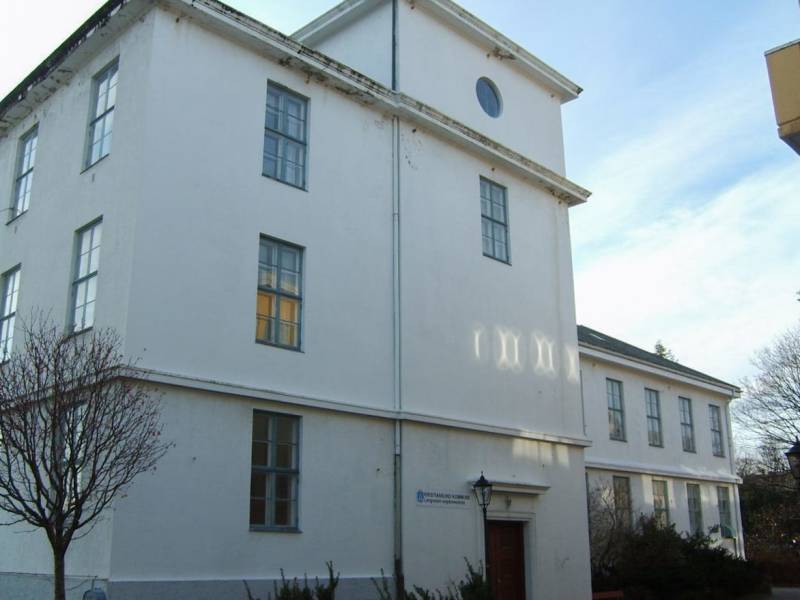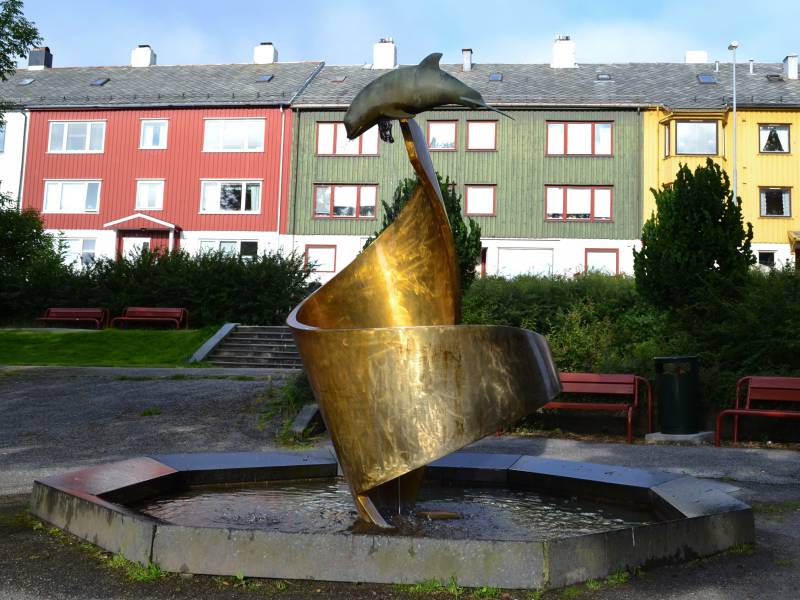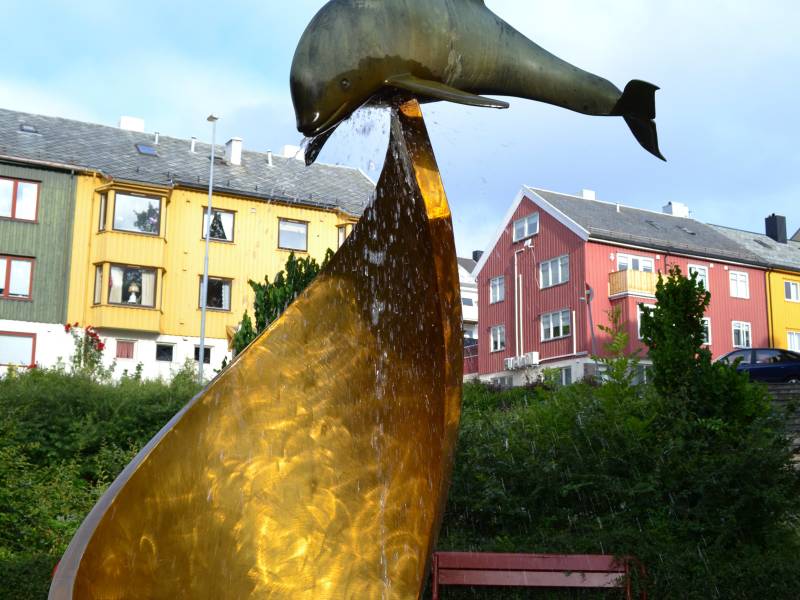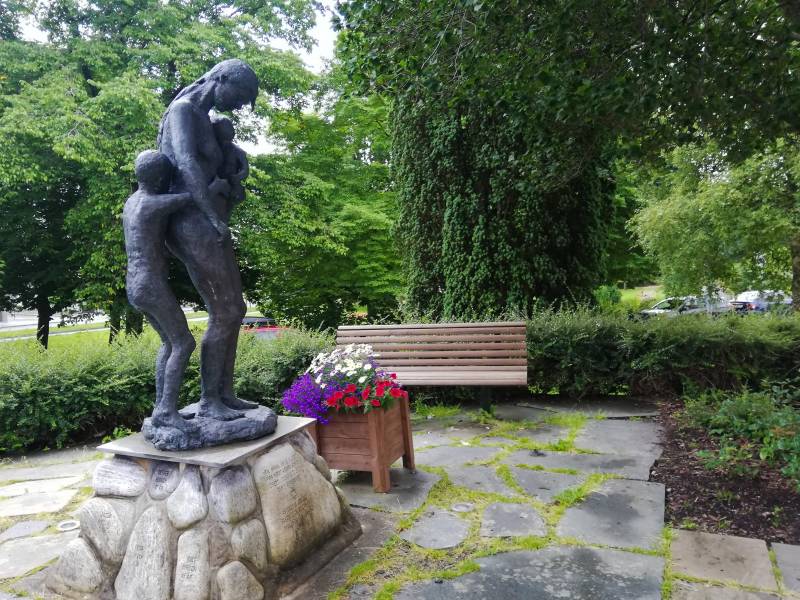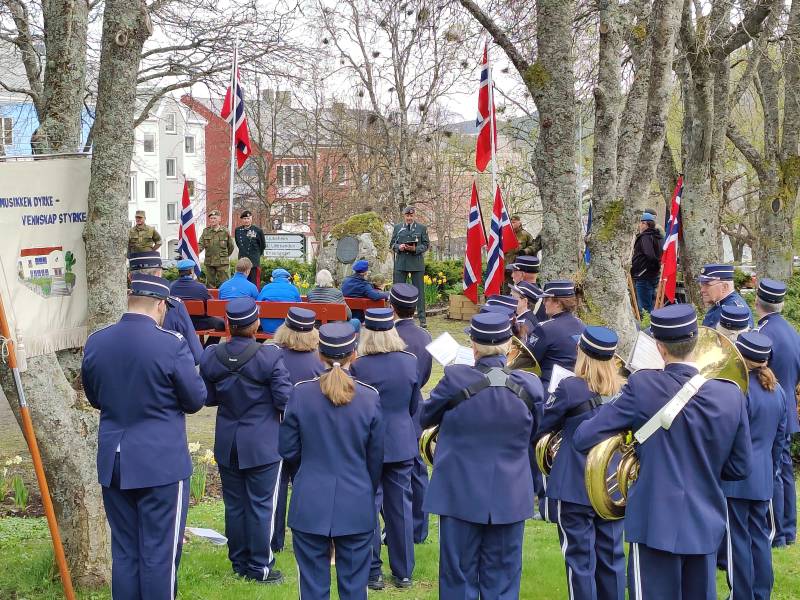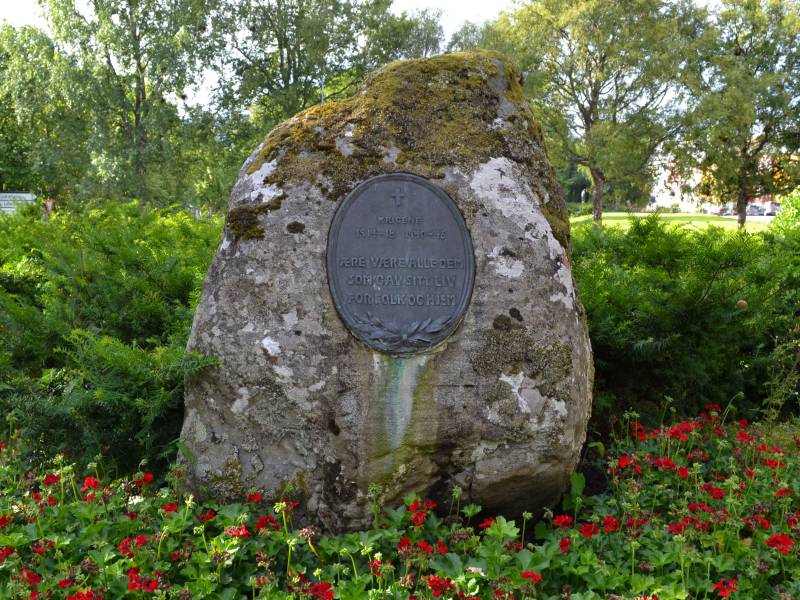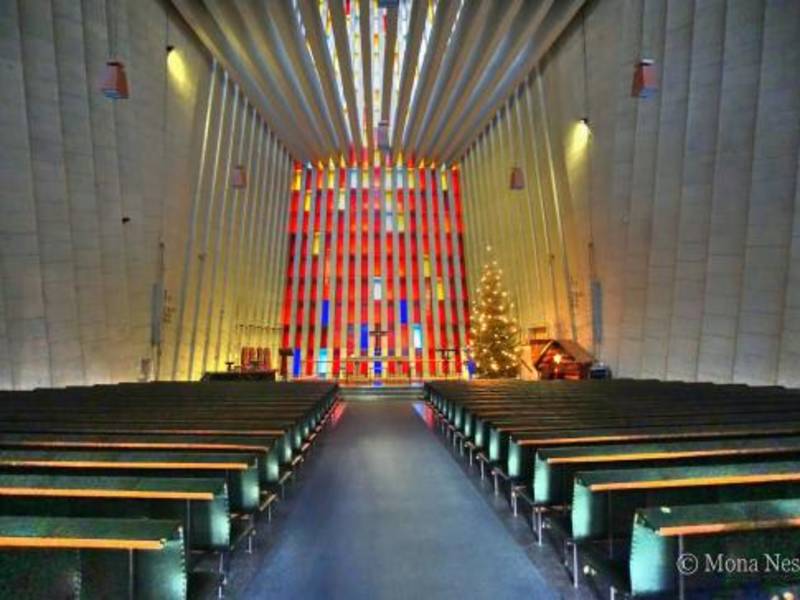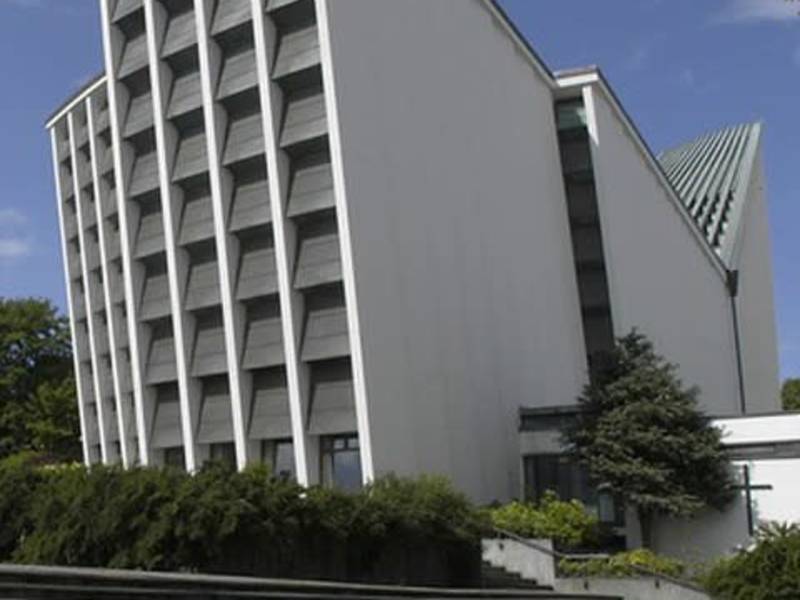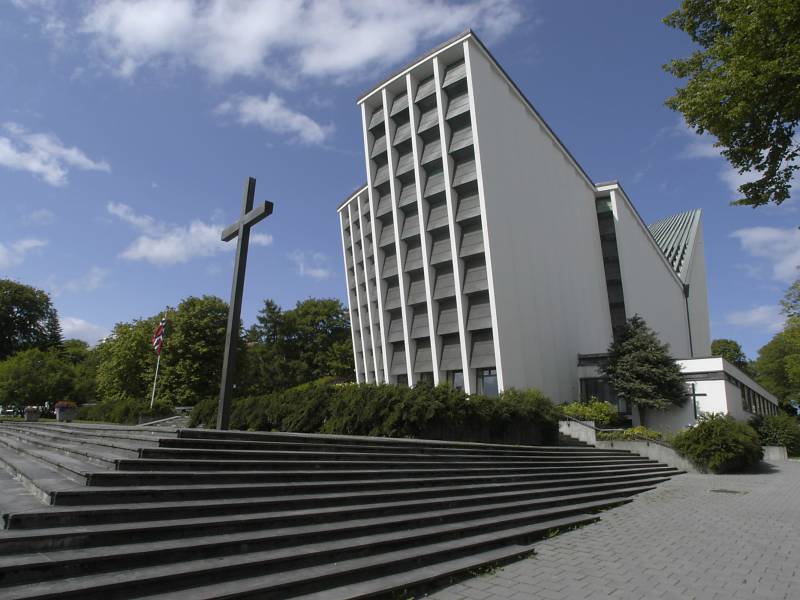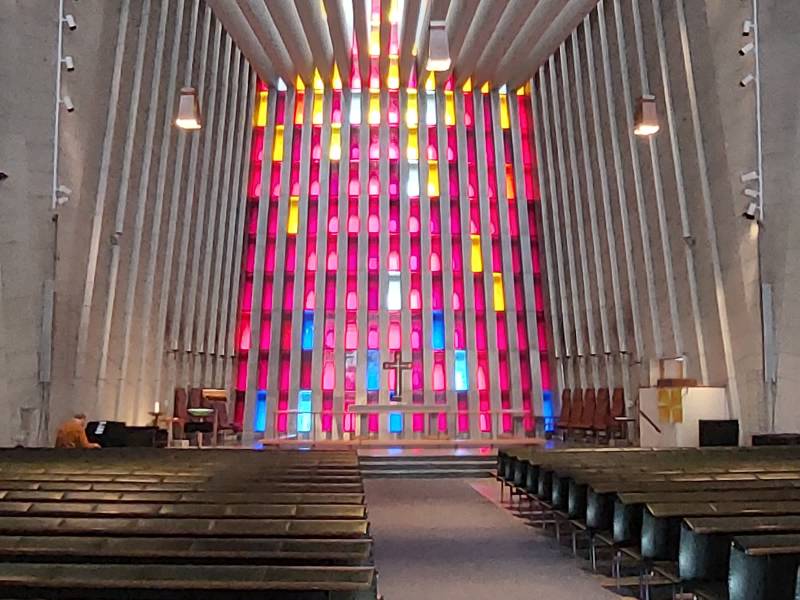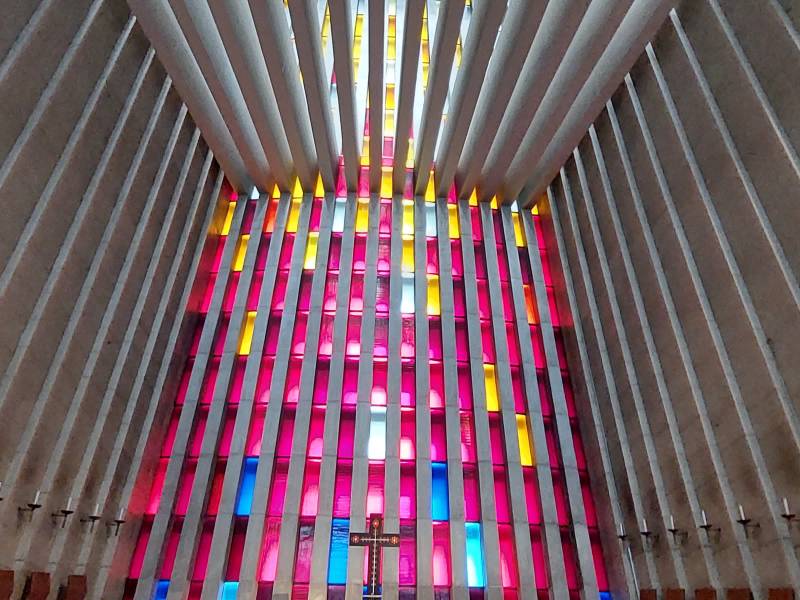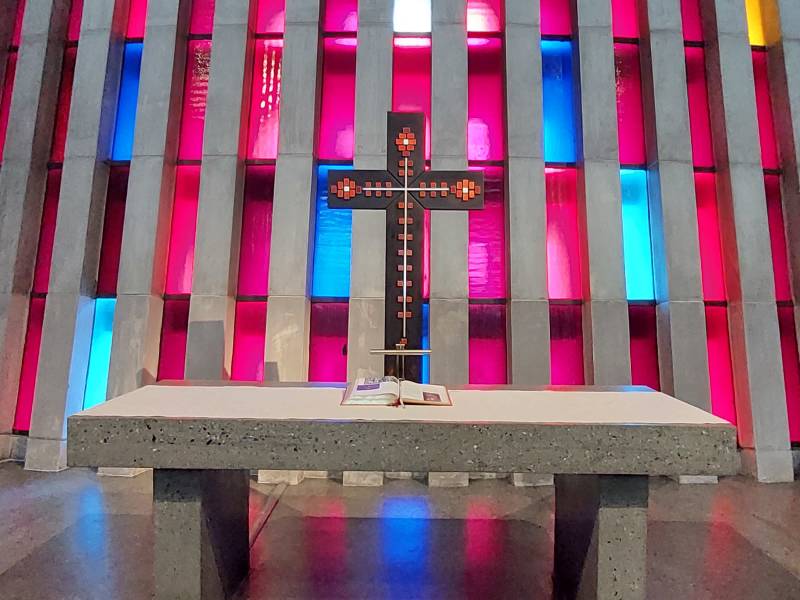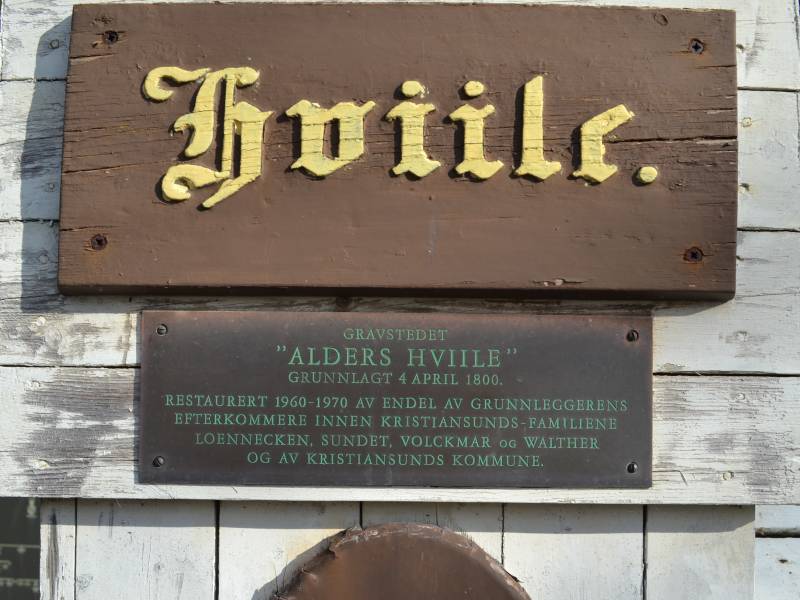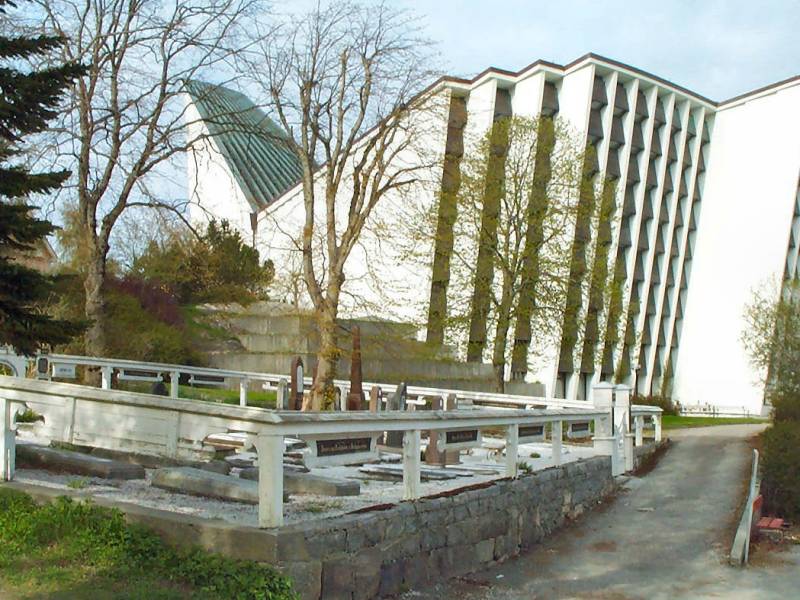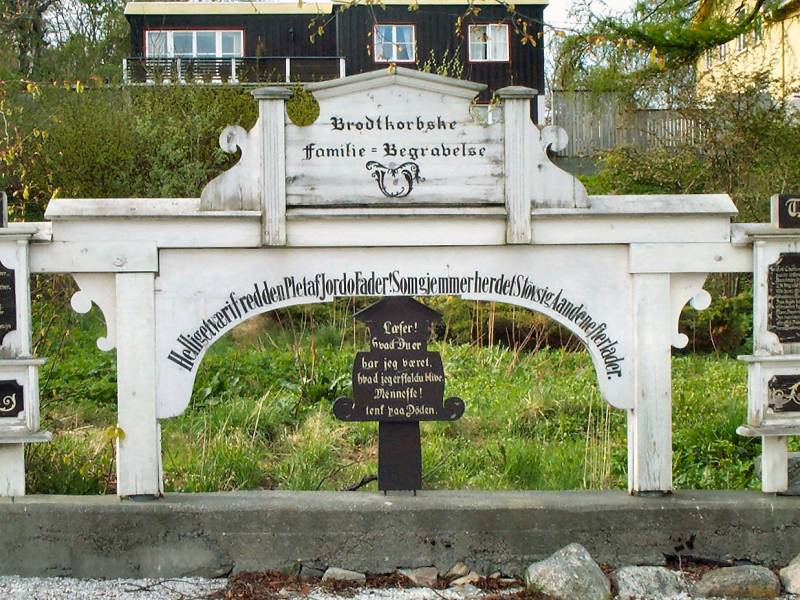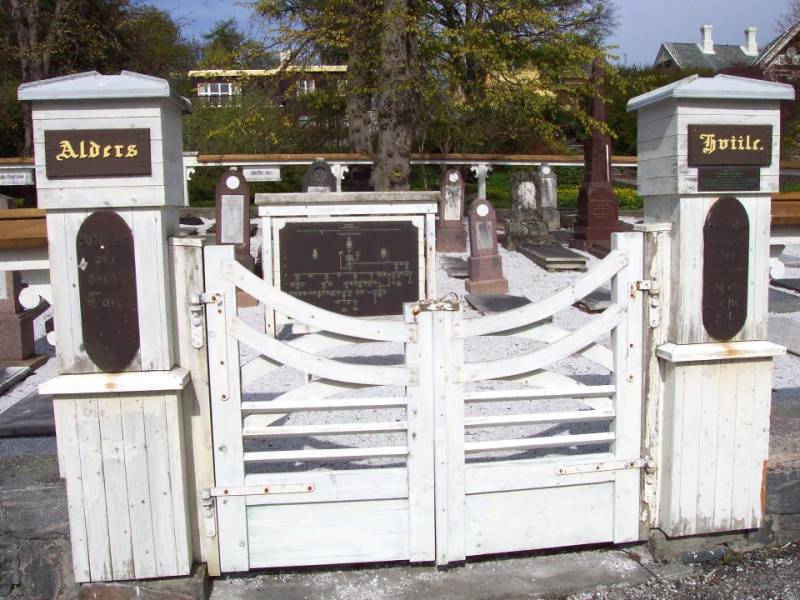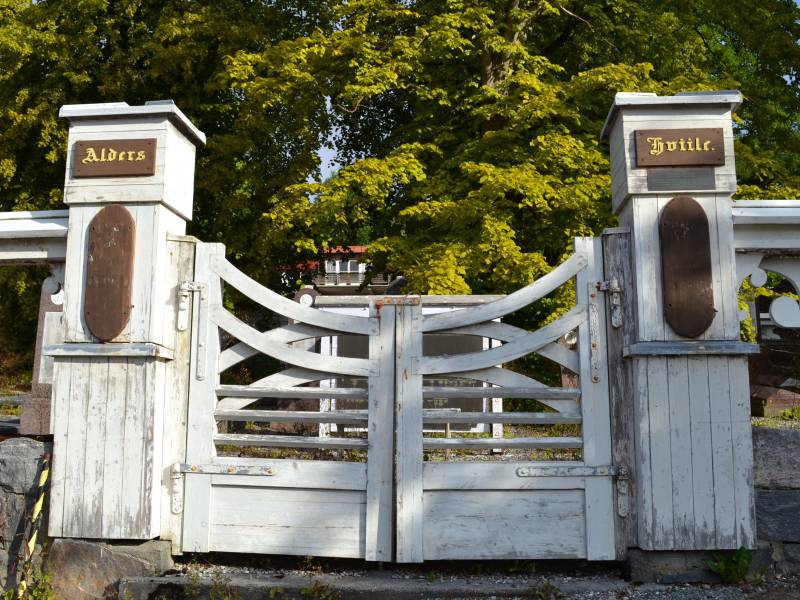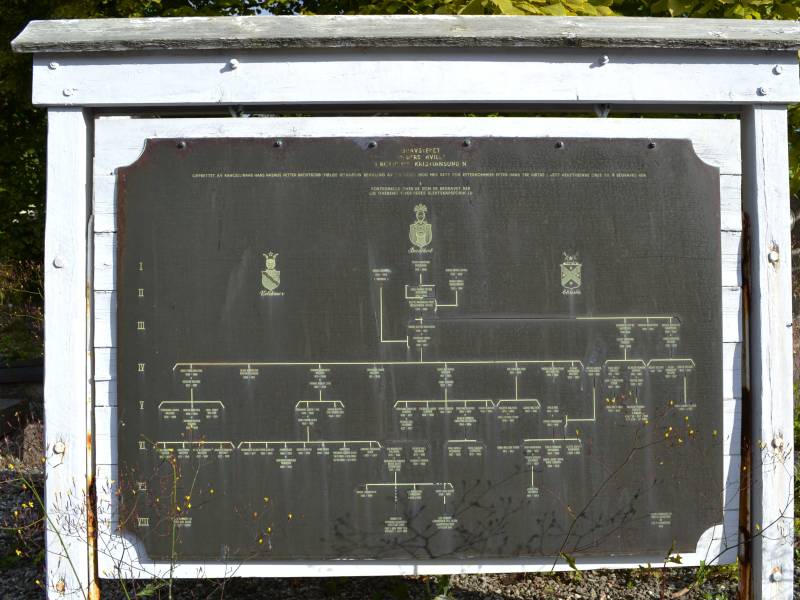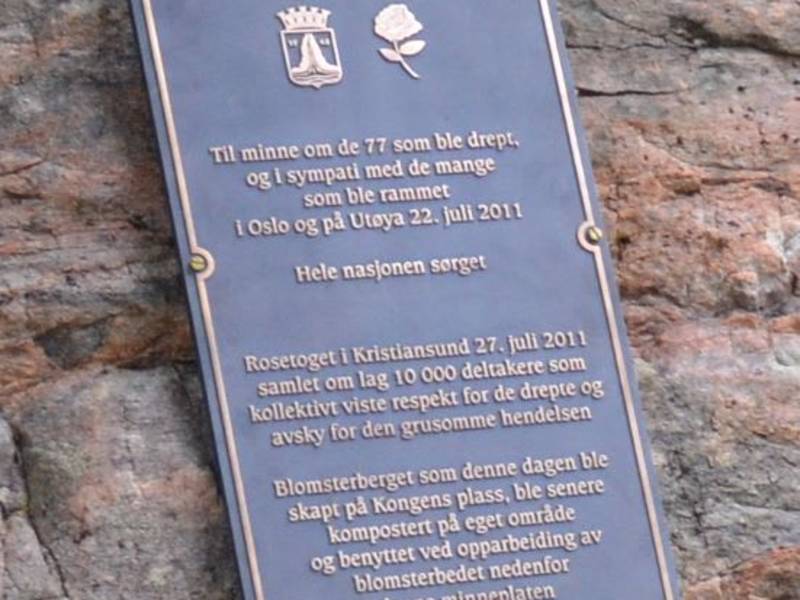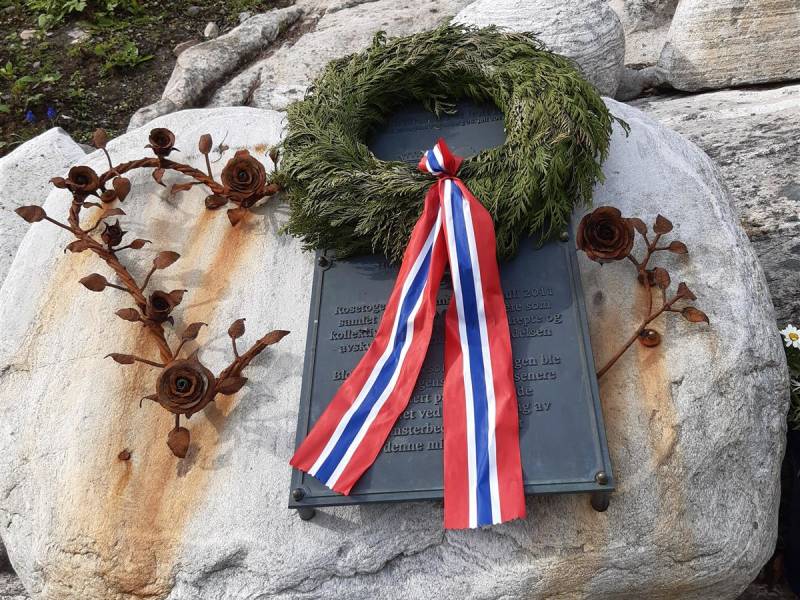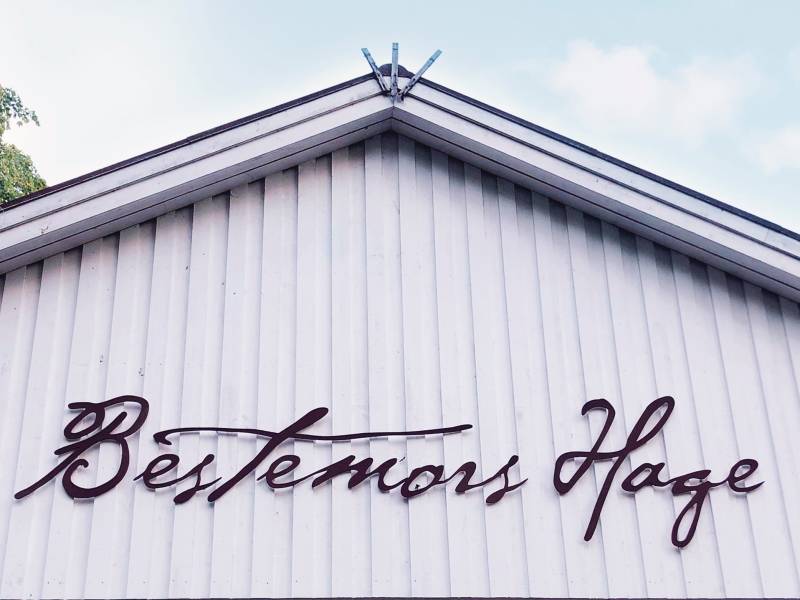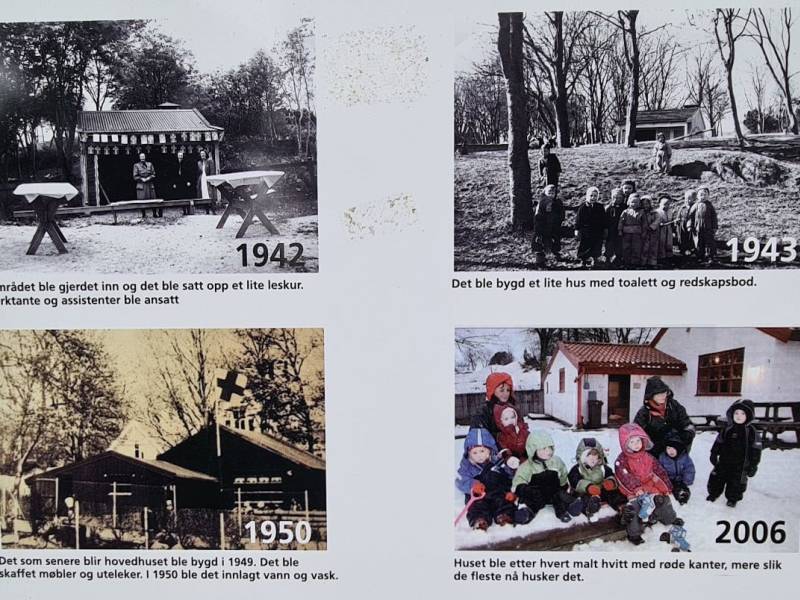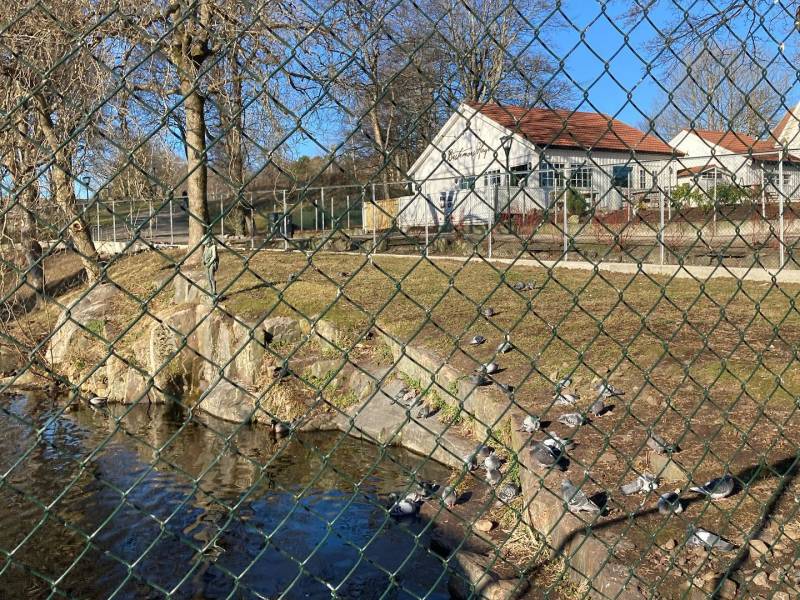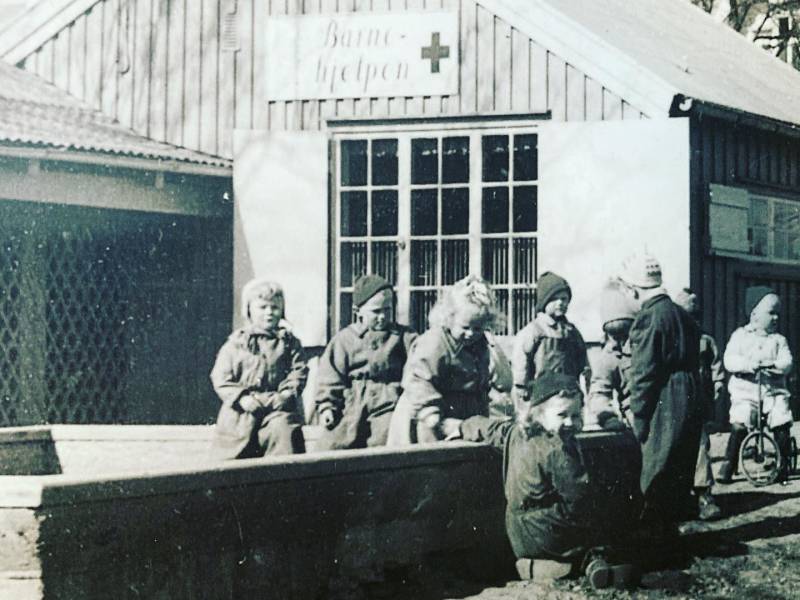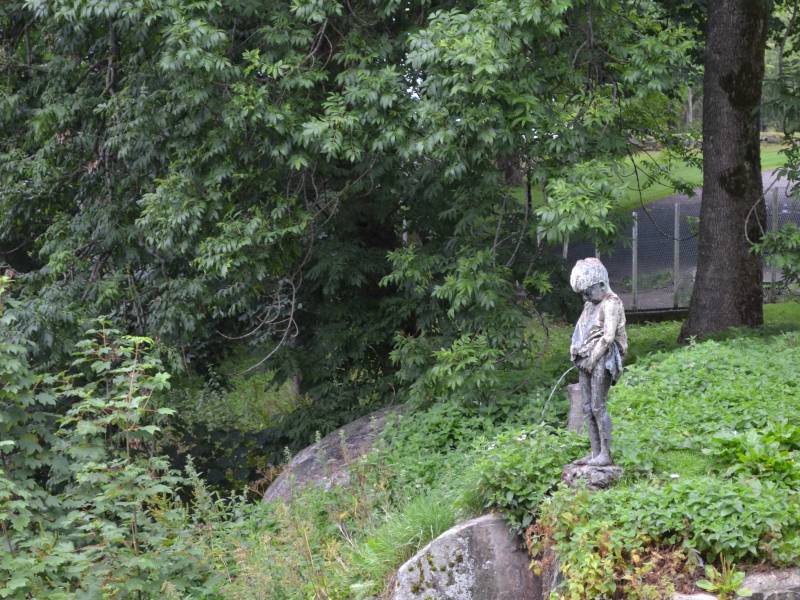Festiviteten
This building was completed in 1914 after a construction period from 1898. The architect was Kristen Tobias Rivertz. Already from the 1890s, he had specialized in decorated facade architecture, often with hewn stone. The stone was blasted out with black powder to prevent it from cracking, and mainly cut in the Klubba area in the west coast of the city and transported on barges to the harbor where it was then transported to the construction site by horse and cart.
Kristiansund Handelsforenings Fond bought the ground from the municipality for 10,000 kroner in 1896, and the deed was issued to Kristiansunds Festivitetslokale a/s. Since the promoters behind the purchase were also members of the gentlemens club Christiansund's Klubselskab, the club was given an exclusive disposal right to the premises after having led a roving existence ever since it was founded in 1788.
The building was badly damaged during the bombing of the city in 1940. Among other things, the roof was destroyed and a temporary tarpaulin roof was stretched over the hall and stage. The tarpaulin was of little help when it rained - then brought umbrellas came in handy. Festiviteten currently houses the Opera in Kristiansund until the new cultural center Normoria is completed.
If we enter Festiviteten, we find ornamentation in the ceilings, around doors and on pillars.
"Here we find a perfect mix of styles from early neoclassicism, via Art Nouveau to Rococo - all in a beautiful combination, but essentially these are Italian-inspired Rococo anchors", the county's building antiquarian Sylthe says.
Festiviteten has served many different purposes over the years. Theater, opera and revue performances have been held here as well as national day celebrations, wrestling events and all other kinds of shows. The cinema was also located here, initially.
Furthermore, there was a youth club, café, bingo, dance school, fashion shows, church services, funerals, revivals, markets, Christmas parties, school and company parties and carnivals here for over 100 years.
In the basement there was a shoemaker's workshop, as well as a detention center with a police station and offices on the floor above. The foyer on the second floor housed Kafè Kristiansund during the war.
Audio guides available in:Norsk bokmål, English (British)
